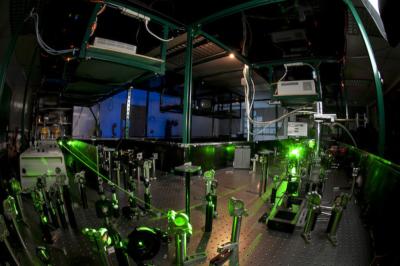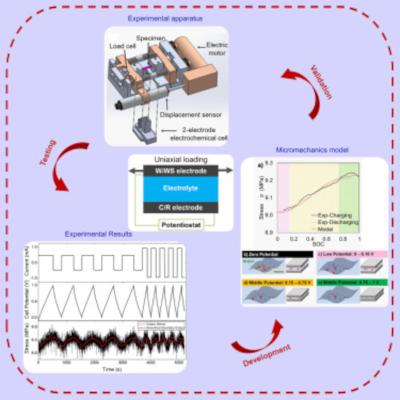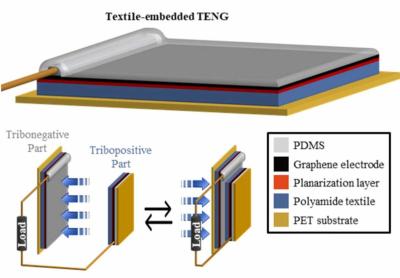Researchers use ultrafast lasers to map ballistic movement of electrons in graphene
Researchers at the University of Kansas’ Ultrafast Laser Lab have observed the ballistic movement of electrons in graphene in real time.
Image credit: University of Kansas
“Generally, electron movement is interrupted by collisions with other particles in solids,” said lead author Ryan Scott, a doctoral student in KU’s Department of Physics & Astronomy. “This is similar to someone running in a ballroom full of dancers. These collisions are rather frequent — about 10 to 100 billion times per second. They slow down the electrons, cause energy loss and generate unwanted heat. Without collisions, an electron would move uninterrupted within a solid, similar to cars on a freeway or ballistic missiles through air. We refer to this as ‘ballistic transport.’”






